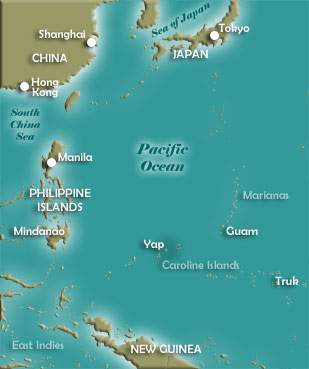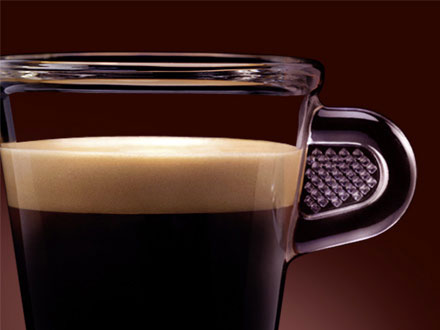CAC St. Louis Director, Linsey A. Daman, and students attended a guided tour of the Cathedral Basilica in French on Friday the 26th. At 4:00pm the evening started with an opening of the Great Cathedral Organ in English and French and then the group was split into Anglophones and Francophones.
CAC St. Louis would like to give a special thanks to Jeremy Weter (CAC St. Louis Photographer) for providing the following images. Below are photos taken after the French tour of the Cathedral Basilica on Friday February 26, 2010.


Upcoming – Monday March 1, 2010 at 7:30pm there will be a lecture by Lynne Davis on the organ music of France presented at the Cathedral Basilica.



 Indian-owned and operated businesses are as varied as the colors of the rainbow, from large corporations with income in the hundreds of millions of dollars to small mom-and-pop endeavors and from sole proprietors to tribally owned operations. Here’s a look at a handful that reflect this diversity.
Indian-owned and operated businesses are as varied as the colors of the rainbow, from large corporations with income in the hundreds of millions of dollars to small mom-and-pop endeavors and from sole proprietors to tribally owned operations. Here’s a look at a handful that reflect this diversity. 

















